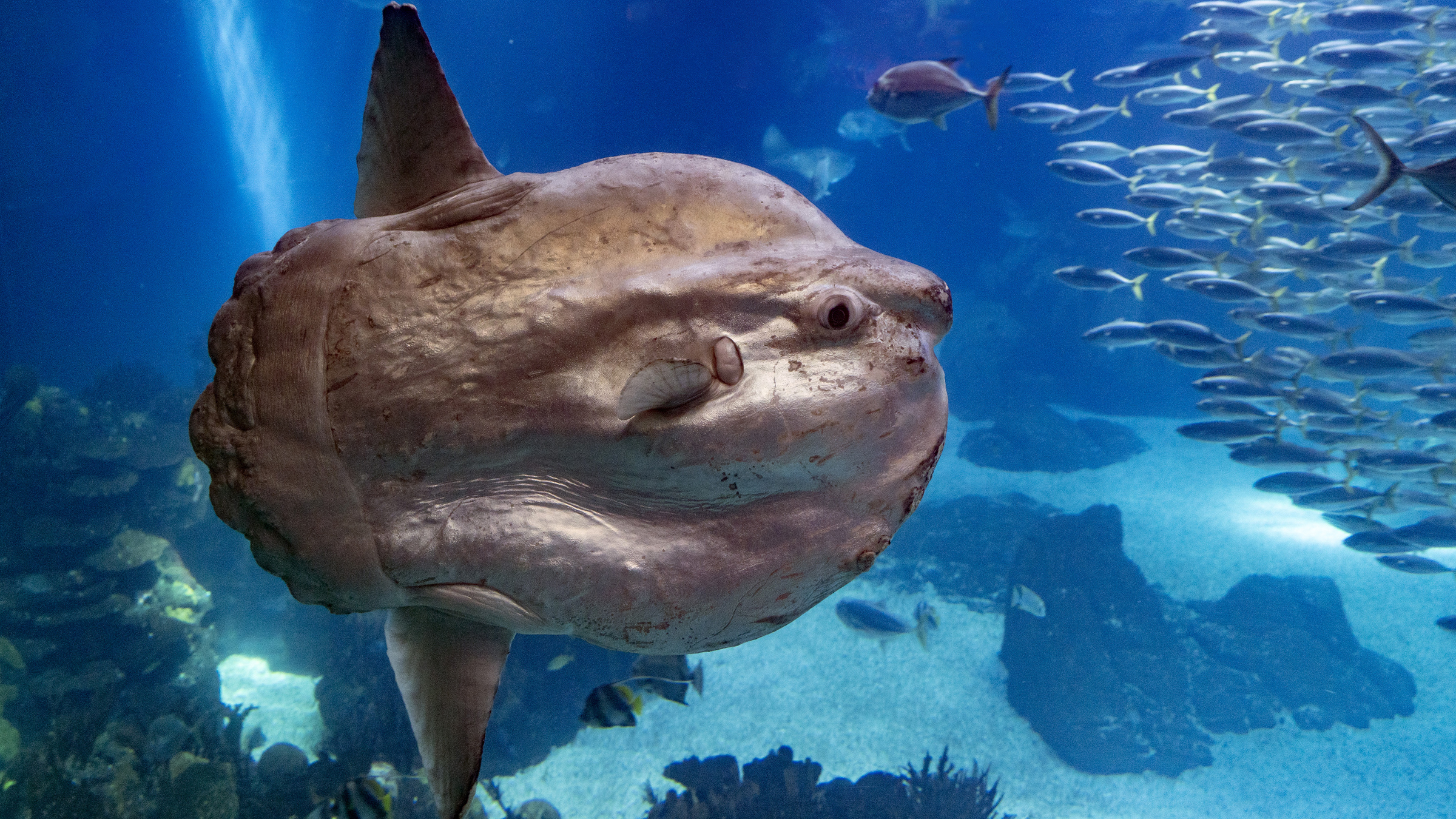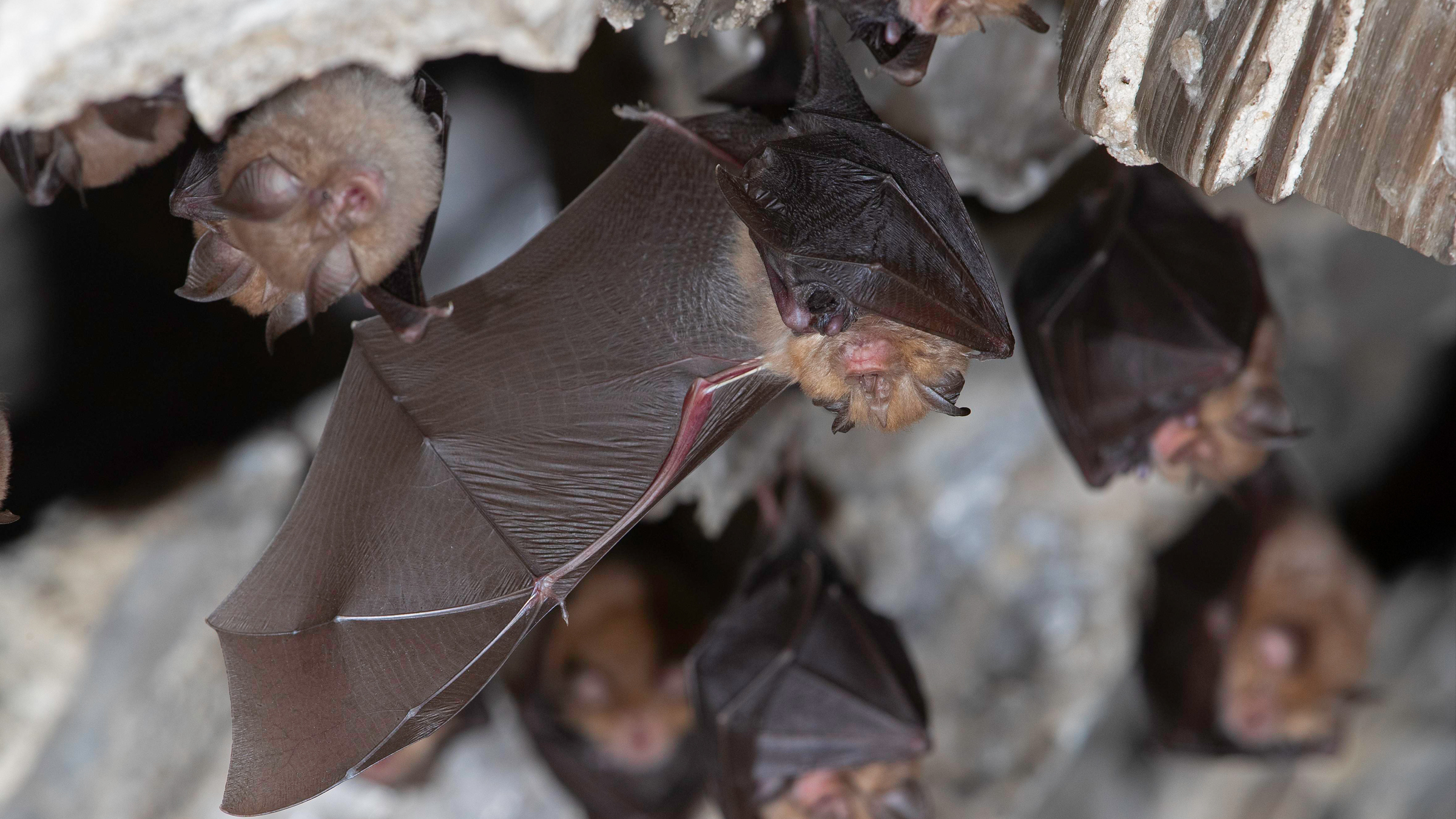Which animal can have the most babies at one time?
How many offspring an animal can have depends on many factors, such as whether they're aquatic and how they get around.

There are millions of animal species on our planet, and each has a reproductive strategy that has evolved to match its specific needs. But which species can have the most babies at one time?
"The question ends up getting complex very quickly," Kathleen Cole, an ichthyologist, or fish scientist, at the University of Hawaii at Manoa, told Live Science. "A lot of potential factors can affect the scenario. "
For starters, which animal you crown for most offspring depends on how you quantify offspring. If you define offspring in terms of the number of gametes, or unfertilized egg and sperm, produced at one time, "fishes really have it by a mile," Cole said. It requires less energy to release unfertilized eggs than to lay them after they're fertilized, so animals that spawn, or release unfertilized eggs and sperm in the water, often have more eggs than non-spawners.
The ocean sunfish (Mola mola) was found to have as many as 300 million eggs in its ovaries at one time. However, because the eggs are fertilized outside the female's body, it's impossible to know how many of those eggs become viable offspring; once the eggs are released into the ocean, there's no way to tell which are hers and no way to track every one through fertilization and development into a baby fish. However, although there are no official assessments of the number of sunfish in the ocean, they are listed as a vulnerable species under the IUCN Red List as a result of accidental capture by fisheries, and are considered to be a naturally rare species, so all those 300 million eggs are not turning into baby sunfish.
Related: Which came first: the chicken or the egg?
In terms of fertilized eggs in one go, social insects take the cake. Some ant species, such as African driver ants (Dorylus wilverthi) can lay as many as 3 million to 4 million eggs in about a month — the queen will choose to fertilize some of these eggs and not others depending on how many male and female offspring she wants to have.
Among birds, game species like the gray partridge (Perdix perdix) is among the top egg layers, with up to 22 eggs per clutch. When it comes to live birth, seahorse fathers can give birth to up to 2,000 live young at once, which they incubate and support via a placenta in their pouch. The venomous vipers known as puff adders (Bitis arietans) are a top contender for terrestrial live-bearers. The record-setting female gave live birth to 156 fully developed snakelets from one pregnancy.
Get the world’s most fascinating discoveries delivered straight to your inbox.
"They're like giant sausages," Alex Pyron, an evolutionary biologist at The George Washington University in Washington, D.C., said about puff adder mothers. "They can pack in a lot of babies."
Why do these animals have so many babies, while animals like elephants and whales usually only have one at a time? One of the factors that influences litter size is lifespan. Shorter-lived animals that won't survive to see their offspring grow will typically have more offspring at once. "They can't sit around and crank out babies," Cole said. "They have to make their mark quick."

Species like bats, which have to be lightweight to fly and carry their pups while airborne, can generally care for only one offspring at a time. And animals that look after their young following birth will generally have fewer offspring because of the larger energy and resource investment it takes to raise each one.
Whether an animal lays eggs or gives birth to live young is also a big factor. Live young take a lot more effort to develop, so live-bearers will often have fewer babies. Animals that live in groups, including species like the prolific African driver ant, can have more babies than solitary animals because of the greater protection offered by the group.
There are always, however, examples that defy the trends. Rabbits and mice, after all, are famous for their large litters despite bearing live young, while dung beetles, which are egg -layers, can lay as few as three eggs at a time.
"Changing environmental conditions and changing ecological conditions can cause the selective pressures responsible for these strategies to shift quickly," Pyron told Live Science. "But why evolutionary one-offs like these arise is always sort of a mystery."
Katherine Irving is a freelance science journalist specializing in wildlife and the geosciences. After graduating from Macalester College, where she wrote screenplays, excavated dinosaur bones and vaccinated wolves, Katherine dove straight into internships with Science Magazine and The Scientist. She now contributes to the Science Magazine podcast and loves reporting about the beautiful intricacies of our planet.
 Live Science Plus
Live Science Plus







